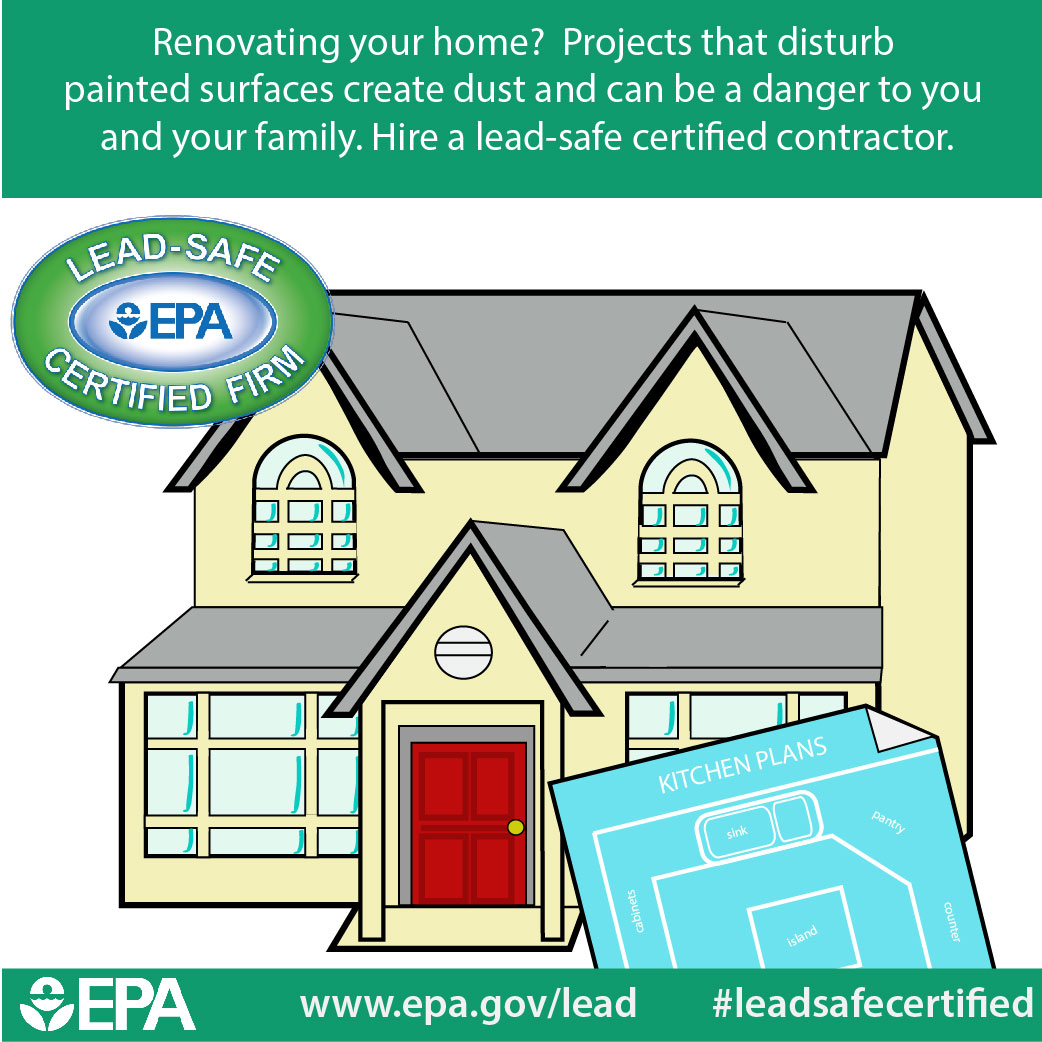Recognizing Seasonal Influences On Commercial Exterior Painting: Essential Knowledge For Success
Recognizing Seasonal Influences On Commercial Exterior Painting: Essential Knowledge For Success
Blog Article
Look At This Composed By-Ford Decker
When you're planning a commercial external paint job, seasonal aspects can make or break your outcomes. You'll want to take into consideration exactly how temperature and moisture impact paint application and drying out times. Selecting the ideal season can guarantee your paint adheres appropriately and lasts much longer. Yet which seasons are really the most effective for this sort of job? Allow's explore the crucial elements that can impact your job's success.
The Impact of Temperature Level on Paint Application
When you're preparing an industrial external painting project, the temperature can substantially influence how well the paint sticks and dries out.
Ideally, you want to paint when temperatures vary in between 50 ° F and 85 ° F. If it's as well chilly, the paint might not cure effectively, leading to concerns like peeling off or breaking.
On the other hand, if it's too warm, the paint can dry out too promptly, protecting against correct attachment and causing an irregular surface.
You should likewise consider the time of day; morning or late afternoon offers cooler temperature levels, which can be much more favorable.
Constantly check the maker's suggestions for the details paint you're making use of, as they commonly supply assistance on the ideal temperature variety for ideal outcomes.
Humidity and Its Effect on Drying Times
Temperature isn't the only ecological factor that affects your business outside painting project; humidity plays a considerable function as well. High humidity levels can decrease drying out times drastically, affecting the total top quality of your paint task.
When the air is saturated with moisture, the paint takes longer to treat, which can cause concerns like poor adhesion and a higher danger of mildew development. If you're painting on an especially damp day, be planned for extensive wait times between layers.
It's important to keep track of regional weather and strategy accordingly. Preferably, aim for humidity levels in between 40% and 70% for ideal drying.
Maintaining these factors in mind guarantees your task stays on track and delivers a long-term finish.
Best Seasons for Commercial Exterior Paint Projects
What's the most effective time of year for your business external painting tasks?
Read Home Page and early autumn are usually your best options. Throughout these seasons, temperature levels are mild, and moisture levels are frequently lower, creating perfect problems for paint application and drying.
Stay clear of summertime's intense heat, which can cause paint to dry too swiftly, leading to poor attachment and finish. Similarly, winter season's cold temperature levels can impede correct drying and healing, risking the durability of your paint work.
Go for days with temperature levels between 50 ° F and 85 ° F for optimal results. Keep in mind to inspect the neighborhood weather forecast for rain, as damp conditions can ruin your job.
Planning around these aspects ensures your painting project runs smoothly and lasts longer.
Final thought
To conclude, intending your business external painting tasks around seasonal factors to consider can make a considerable difference in the end result. By scheduling work throughout the optimal temperatures and humidity degrees, you'll make sure much better attachment and drying times. Keep in mind to watch on neighborhood weather prediction and select the correct time of year-- spring and very early autumn are your best options. Taking these steps will certainly aid you achieve a long lasting and professional coating that lasts.
